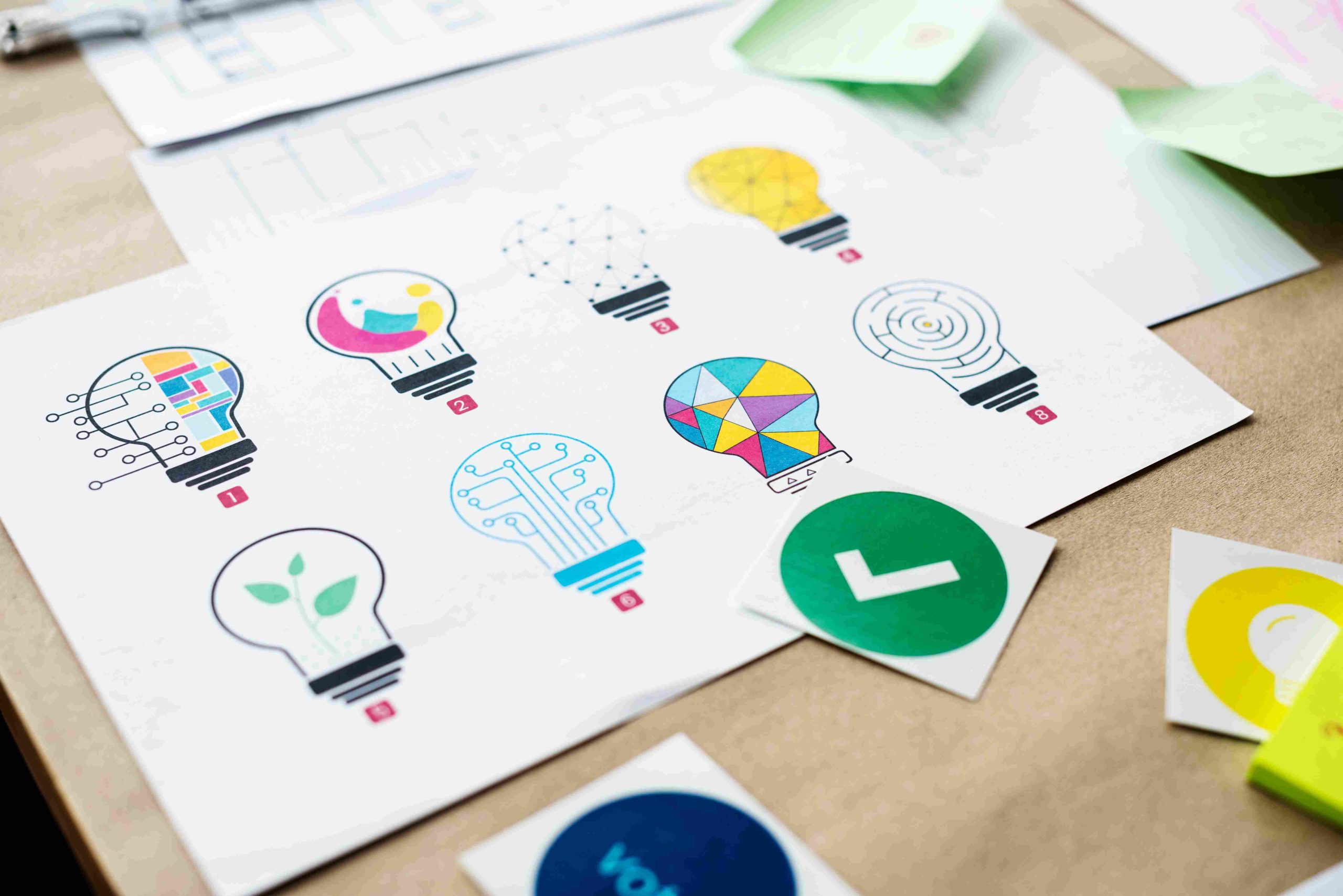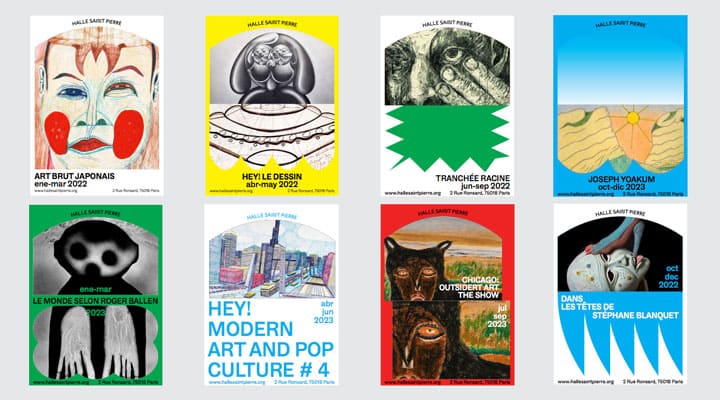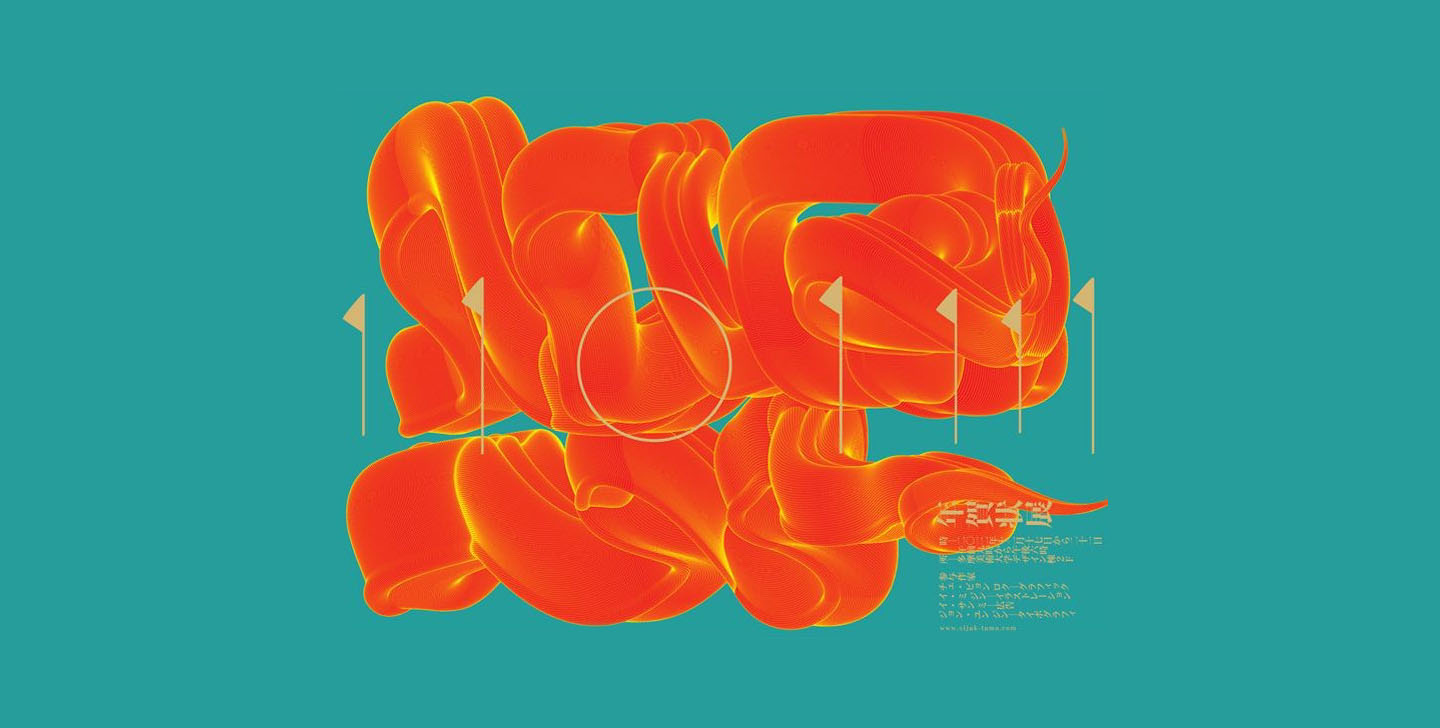What is Graphic Design and how does it differ from Visual Communication?
Graphic design is the creative process of combining visual and textual elements to communicate a message or idea. Visual communication, by contrast, employs images, colours, and other visual components to convey a message or concept effectively. This distinction matters because our brains process images much more quickly and efficiently than text.
Today, visual communication is used in a wide range of contexts, from product design to advertising and marketing. Graphic designers and visual communication specialists understand how to use visual elements to enhance user experience and make information more accessible in the digital environment.
Would you like to develop a visual identity that reflects your brand’s values and quality? Are you aiming to capture consumers’ attention and communicate your message effectively? If so, visual communication is an essential tool. Mastering it could be key to your business’s success.
Examples of Visual Communication
What counts as visual communication? Here are some examples of visual communication to help clarify the concept:
- Logos: A well-designed logo effectively communicates a brand’s identity and values.
- Infographics: Infographics present complex information in a clear and accessible way.
- Billboards: Billboards combine images and text to attract attention and communicate messages.
- Product Design: Product design uses visual elements to convey a product’s quality, functionality, and style.
- Web Design: Web design integrates images, text, and other visual elements to communicate information and enhance user experience.
- Presentations: Presentations utilise graphics, diagrams, and other visuals to communicate information clearly and engagingly.
- Signage: Signage guides people through spaces and conveys important information using images and text.
- Cartoons and Comics: Cartoons and comics tell stories through images and text in an entertaining and engaging manner.
- Packaging and Labels: Packaging and labels use visuals to communicate product information, such as brand, ingredients, and expiry date.

What Is the purpose of Visual Communication?
Visual communication uses elements such as images, colours, shapes, and text to convey information in an effective and engaging way. Its main functions and benefits include:
- Communicating messages effectively: Visual communication conveys information clearly and concisely, making messages easier to understand and remember than text alone.
- Attracting and maintaining the audience’s attention: Visual communication is appealing and quickly captures attention. Visual elements can be used to engage the audience and maintain their focus on a message or piece of information for longer.
- Creating brand identity and recognition: Visual communication enables companies and organisations to develop a visual identity that reflects their values and character, making them recognisable to their audience.
- Facilitating decision-making: Complex information can be presented in a clear and accessible way using visual communication, which supports better decision-making.
- Improving the user experience: In the digital environment, visual communication can be used to improve the accessibility and navigation of information on a website or application, thereby enhancing the user experience.
Elements of Visual Communication
The core elements of visual communication are the sender, the message, and the receiver. However, this discipline focuses on the sense of sight, as the receiver interprets the message visually. As a result, messages also incorporate other visual elements, such as colours, textures, lines, shapes, and forms. This combination can evoke responses in viewers without the need for words or written text.







